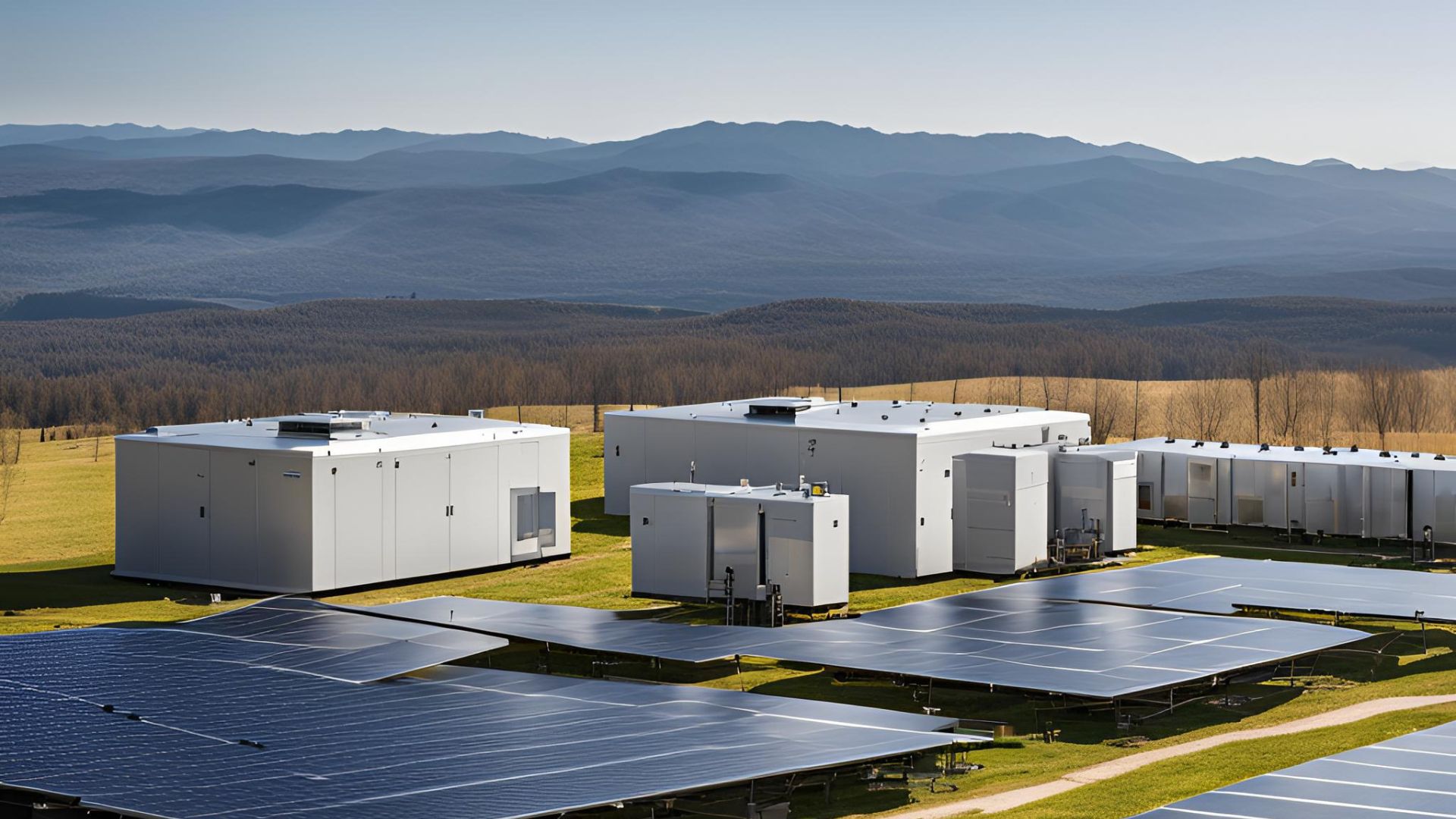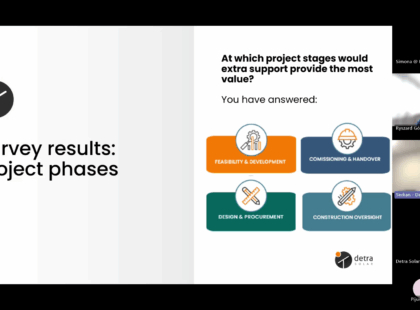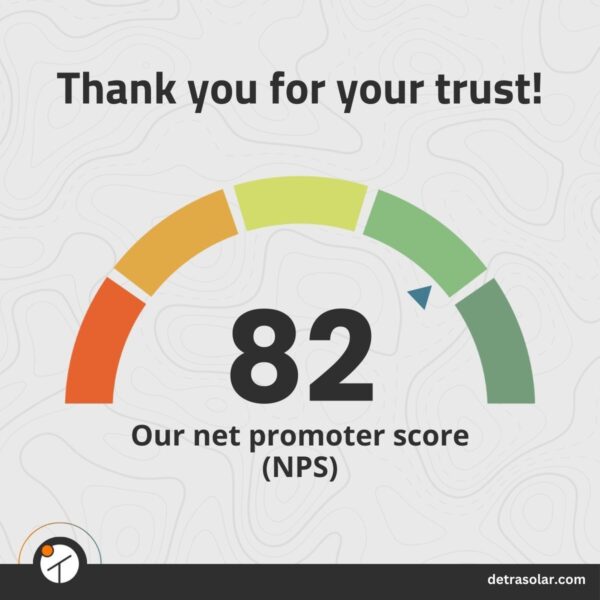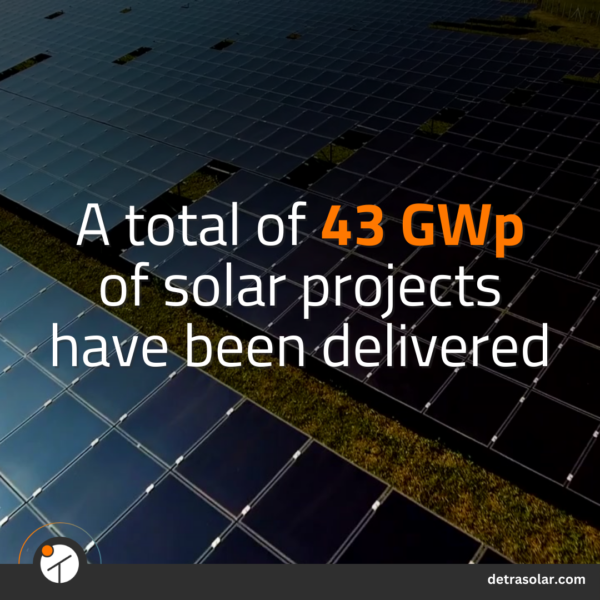What’s Next for the Batteries?

As the world intensifies its push toward renewable energy, Battery Energy Storage Systems (BESS) have become a critical component of this transformation. These systems are not just an add-on to solar or wind farms; they are increasingly central to the reliability and efficiency of renewable energy. By 2023, around 25% of new solar parks globally were integrated with battery storage systems—a figure set to rise as the adoption of renewable energy accelerates (Fortune Business Insights, Energy Info EIA). This integration is crucial for stabilizing power grids and ensuring a consistent energy supply, particularly during periods when renewable generation is low.
The Power Behind the Transition: Why Lithium-Ion Leads the Charge
At the core of the BESS market, lithium-ion batteries accounted for over 75% of the market share in 2023 (Statista). Their versatility, spanning from utility-scale projects to residential energy storage, underscores their importance. Although alternative technologies are emerging, lithium-ion’s established supply chain and continued improvements in performance keep it at the forefront of the industry. Additionally, significant cost reductions in lithium-ion batteries over recent years have made them a more economically viable option for widespread adoption (pv magazine USA).
Emerging Technologies: Beyond Lithium-Ion
While lithium-ion batteries currently dominate the market, research and development in alternative battery technologies are accelerating. Sodium-ion batteries, for instance, offer a more abundant and potentially cheaper alternative to lithium-ion, albeit with lower energy density and cycle life. Flow batteries, on the other hand, are gaining traction for large-scale storage due to their scalability and long life cycle. These technologies are still in their early stages but represent promising advancements that could diversify the energy storage landscape in the coming years. As these alternatives develop, they may complement lithium-ion batteries, especially in specific applications like grid stabilization and long-duration storage, where their unique properties could offer distinct advantages.
Market Dynamics: Rapid Growth Ahead
The future of the BESS market is marked by explosive growth. Global installations are expected to surpass 400 GWh annually by 2030—a tenfold increase from current levels (Rystad Energy). This growth is driven by several factors: the increasing need to integrate renewable energy into national grids, significant government incentives, and ongoing advancements in battery technologies. The market is expected to expand from $25 billion in 2024 to over $114 billion by 2032, reflecting a compound annual growth rate (CAGR) of approximately 21% (Fortune Business Insights, Mordor Intel). The Asia-Pacific region, particularly China, will be the epicenter of this growth due to its dominance in the lithium battery supply chain. Meanwhile, North America and Europe are poised for substantial investments as well.
The BESS Advantage: A Game-Changer with Challenges Ahead
In conclusion, BESS is not just a technology for the future—it is a critical component of the present energy landscape. Its role in stabilizing power grids, ensuring energy security, and supporting the global shift toward renewable energy cannot be overstated. While challenges remain, the rapid advancements in battery technology and the growing market dynamics suggest that BESS will soon become as integral to our energy systems as the renewable sources they support. As we move forward, the adoption and expansion of BESS will be key to a sustainable and resilient energy future.







